This article was medically reviewed by Luba Lee, FNP-BC, MS. Luba Lee, FNP-BC is a Board-Certified Family Nurse Practitioner (FNP) and educator in Tennessee with over a decade of clinical experience. Luba has certifications in Pediatric Advanced Life Support (PALS), Emergency Medicine, Advanced Cardiac Life Support (ACLS), Team Building, and Critical Care Nursing. She received her Master of Science in Nursing (MSN) from the University of Tennessee in 2006.
There are 13 references cited in this article, which can be found at the bottom of the page.
This article has been viewed 18,221 times.
Burns are graded by medical professionals on 3 levels: first, second, and third. A first-degree burn affects the top layer of skin, while a second-degree burn is more severe and goes down to the second layer. You can usually treat a first or second-degree burn at home. A third-degree is the most severe type of burn and it goes down to the third layer of skin. Third-degree burns require immediate medical attention, so go to a hospital emergency department if you have a third-degree burn.
Steps
Identifying a First-Degree Burn
-
1Check the burned area for redness and dryness. A first-degree burn only reaches to the first layer of skin, so its appearance will usually be red and dry. The skin won’t be a deep red, but more of a pink or light red.[1]
- A first degree burn may also peel after a few days, but it will not form blisters. Peeling is most common with sunburns.
Warning: If your skin starts to peel after getting a first-degree burn, don’t pull at the skin or pick at it with your fingertips. This may lead to an infection.
-
2Note the painfulness of the burn and see how long it lasts. First degree burns are painful, but the pain is generally mild and it doesn't last long. You may be able to control the pain with over-the-counter pain medication or topical analgesic medicine.[2]
- The pain of a first-degree burn usually lasts between 48 and 72 hours and then goes away.
Advertisement -
3Find out if the burn was caused by sunburn or brief contact with heat. These are common causes of a first-degree burn. However, a sunburn or exposure to heat may also cause a second degree burn so don’t rely on the cause alone to identify the degree of a burn.[3]
- For example, if someone touched a hot handle on a pan, they might have gotten a first-degree burn on their hand. Similarly, a mild sunburn can be a first-degree burn.
- You may be able to use a cool compress, lotion, and acetaminophen to relieve the discomfort of a first-degree burn.
Checking for a Second-Degree Burn
-
1Look for a deep red appearance or white and red splotches. A burn that reaches to the second layer of the skin may leave it looking dark red or covered in red and white splotches.[4] The spots or splotches will look irregular in size and pattern.[5]
- The burnt area of the skin may also appear to be wet or shiny as a result of the burn.
-
2Note if the skin looks swollen or if blisters form. The burned area and the surrounding tissues may swell up and blisters may form.[6] To check for swelling, see if the skin looks puffier than other parts of the skin or in comparison to the other side of the person’s body. Also, watch for small fluid-filled blisters to form on the surface of the skin.[7]
- For example, if the person sustained a burn on their arm, compare that arm to the other to see if the burned arm is larger than the unburnt arm.
Tip: Don’t pop the blisters! This may lead to an infection. Leave the blisters alone and allow them to drain on their own.[8]
-
3Rate the pain of the burn from 1 to 10. If someone has a second-degree burn, it's usually quite painful. Rate your pain level or ask the person to rate their pain on a scale from 1 to 10 with 1 being the lowest (least painful) and 10 being the highest (most painful).[9]
- If the person rates their pain as a 6 or higher, take them to an emergency room to get treated for the burn and to get something to relieve the pain.
-
4Consider if the burn was caused by extreme heat or prolonged contact. It takes either a higher level of heat or more prolonged exposure to the heat to cause a second-degree burn than a first-degree burn. Other potential causes of a second-degree burn include:[10]
- Getting a scalding hot liquid on your skin
- Being burnt by flames
- Touching a hot object
- A severe sunburn
- Electrocution
- Getting chemicals on your skin
Tip: If you have a second-degree burn, applying an antibiotic ointment, cleaning your wound daily, and changing your dressings every day will help treat it. Additionally, your doctor may prescribe you an oral antibiotic to help you avoid or fight off an infection.[11]
Spotting a Third-Degree Burn
-
1Observe the color of the burn to see if it’s black, brown, yellow, or white. If the person has sustained a third-degree burn, the burn will go down to the fat layer of the skin. This means that the skin above the fat layer has been burnt away and it will look that way as well. Note the appearance of the burn paying special attention to the skin’s color.[12]
- The skin in the burnt area of the skin may also look leathery if it’s sustained a third-degree burn. Look for a tough appearance that reminds you of leather.[13]
- If you have a 3rd-degree burn, you'll need to get your wound cleaned and the dead skin removed as soon as possible. Additionally, your doctor will give you medication to control the pain, IV fluids to rehydrate you, and antibiotic creams to prevent or treat an infection. You might also receive an oral antibiotic if you develop an infection.[14]
Warning: Third-degree burns require immediate medical attention. Call for emergency services or visit an emergency department right away.
-
2Check for swelling in the burned area. If the burnt area is swollen, this is also a strong indication that it may be a third-degree burn. Compare the burnt area with the surrounding tissues to see if it looks swollen or puffy.[15]
- If the burn is on an arm or leg, compare the burnt arm or leg to the other one. This may help you to tell if there is any swelling.
-
3Note any loss of feeling in the burned area. Sometimes a third-degree burn will result in numbness. This is because the burn may go down to the nerve endings and destroy them.[16]
- If you’re assessing someone else’s burn, ask them if the burn feels painful. If they can’t feel it or if areas of it feel numb, then they likely have a third-degree burn.
-
4Find out if the burn was caused by prolonged exposure to heat. Third-degree burns result from more direct and prolonged exposure to heat. Some common causes of a third-degree burn include:[17]
- Being scalded by a hot liquid
- Touching a hot object for a prolonged period
- Catching on fire
- Getting electrocuted
- Getting burned by chemicals
Warnings
- Seek immediate medical attention for a burn to the airway or if you have difficulty breathing.⧼thumbs_response⧽
- If the burn is over a large area of the body or the face, hands, buttocks, groin, feet, or a joint, seek immediate medical treatment for it.[18]⧼thumbs_response⧽
References
- ↑ https://www.stanfordchildrens.org/en/topic/default?id=first-degree-burns-90-P01744
- ↑ https://www.aad.org/public/everyday-care/injured-skin/burns/treat-minor-burns
- ↑ https://my.clevelandclinic.org/health/diseases/21858-sunburn
- ↑ https://www.stanfordchildrens.org/en/topic/default?id=second-degree-burns-partial-thickness-burns-90-P01757
- ↑ https://share.upmc.com/2016/11/burn-degrees-and-treatment/
- ↑ https://my.clevelandclinic.org/health/diseases/12063-burns
- ↑ https://healthcare.utah.edu/burncenter/education/degree-of-burns.php
- ↑ https://health.clevelandclinic.org/blisters-causes-treatments-and-why-you-should-never-pop-them/
- ↑ https://www.stanfordchildrens.org/en/topic/default?id=second-degree-burns-partial-thickness-burns-90-P01757
- ↑ https://www.stanfordchildrens.org/en/topic/default?id=second-degree-burns-partial-thickness-burns-90-P01757
- ↑ https://www.aafp.org/afp/2012/0101/p25.html
- ↑ https://www.stanfordchildrens.org/en/topic/default?id=third-degree-burns-90-P01760
- ↑ https://www.ucihealth.org/blog/2018/05/treating-burns
- ↑ https://www.chop.edu/conditions-diseases/third-degree-burns
- ↑ https://www.stanfordchildrens.org/en/topic/default?id=third-degree-burns-90-P01760
- ↑ https://medlineplus.gov/ency/article/000030.htm
- ↑ https://www.stanfordchildrens.org/en/topic/default?id=third-degree-burns-90-P01760
- ↑ https://my.clevelandclinic.org/health/diseases/12063-burns
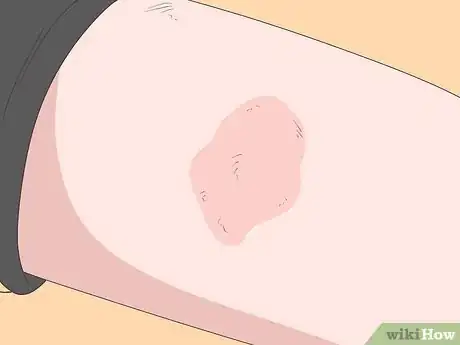
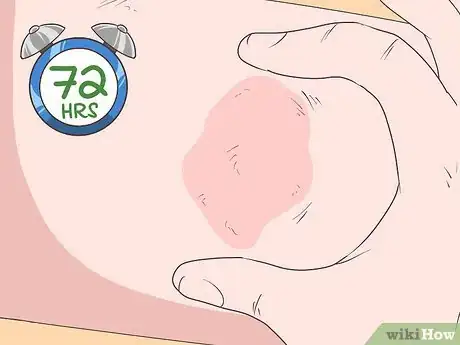
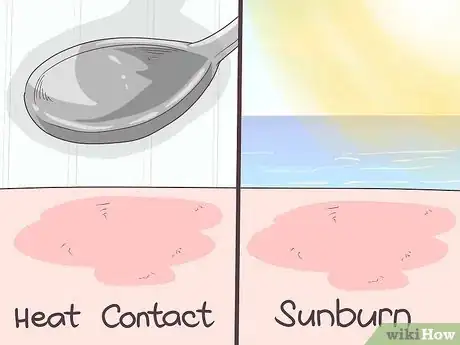
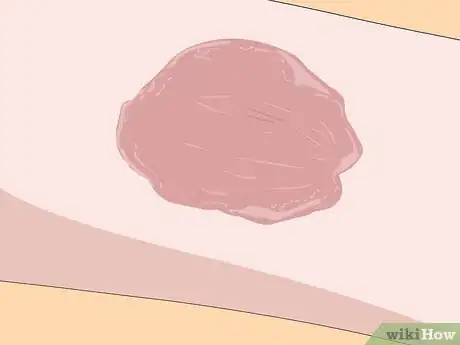
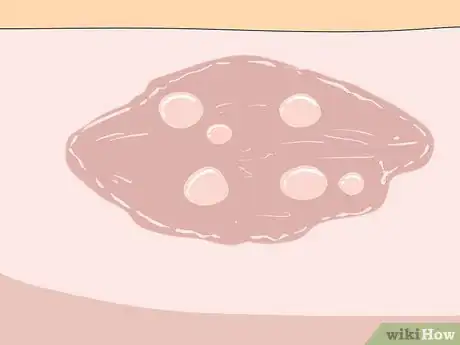

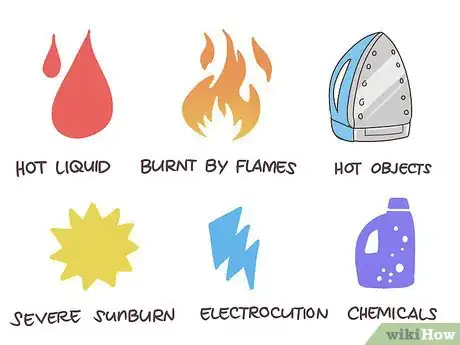


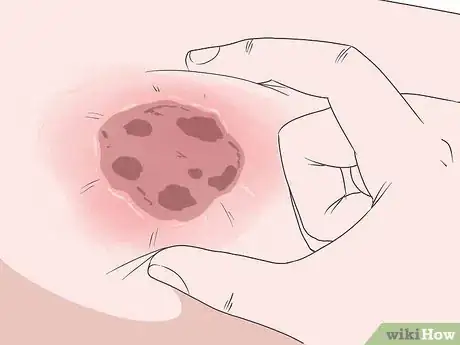
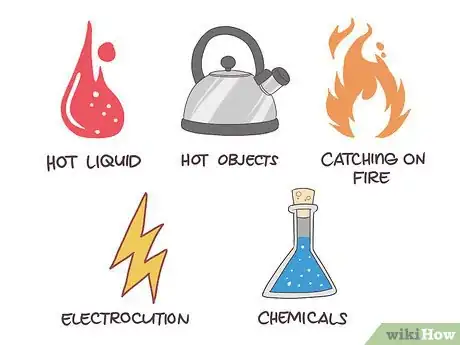
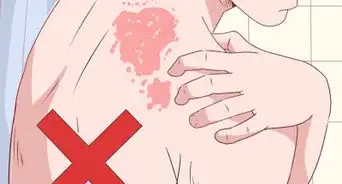






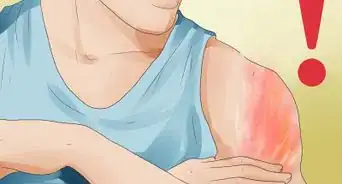
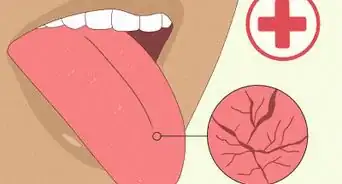
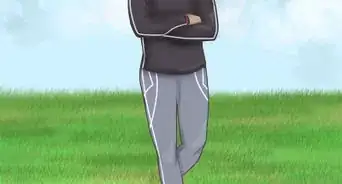
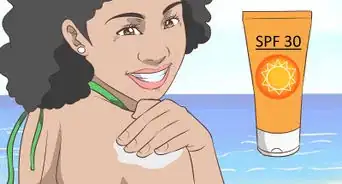
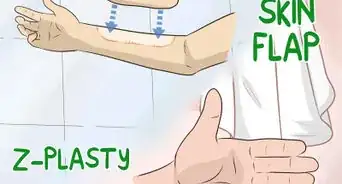

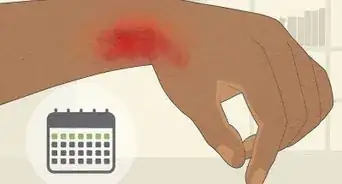







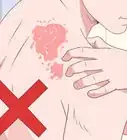

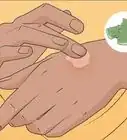




































Medical Disclaimer
The content of this article is not intended to be a substitute for professional medical advice, examination, diagnosis, or treatment. You should always contact your doctor or other qualified healthcare professional before starting, changing, or stopping any kind of health treatment.
Read More...